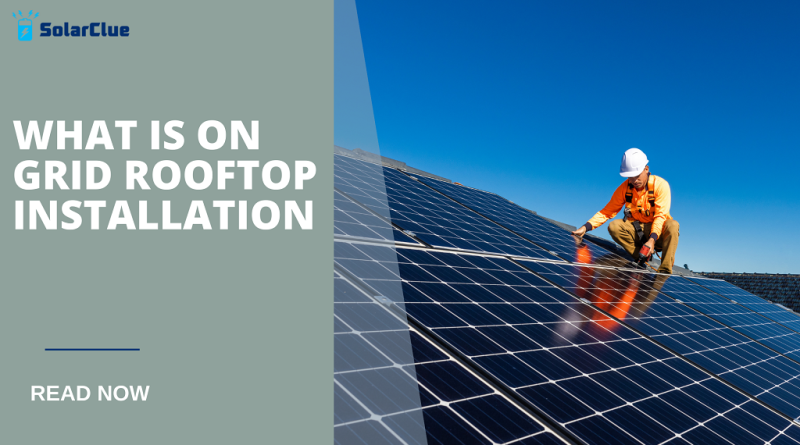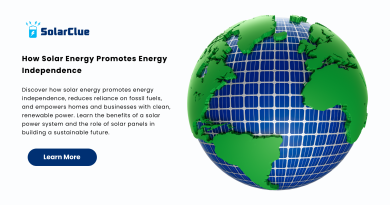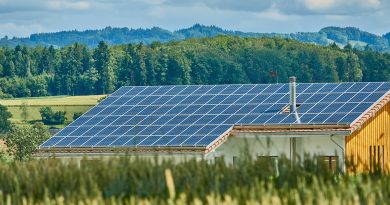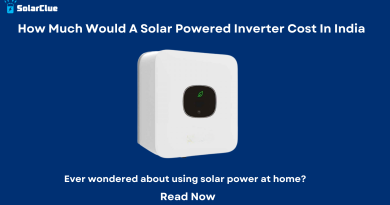What Is On Grid Rooftop Installation 2
The inexorable march of human civilization demands smarter and more sustainable energy solutions. One such progressive solution is the on-grid rooftop solar installation, a green energy alternative that’s rapidly gaining traction across the globe. This system is fed into the main power grid, offering a continuous and efficient supply of electricity. While it may appear complex, the underlying concept is quite straightforward. To help demystify this prolific green energy solution, we delve into an in-depth exploration of on-grid rooftop solar installations, their functionality, benefits, and considerations.
Table of Contents
Understanding On-Grid Rooftop Installations
On-grid rooftop solar installations comprise rooftop solar panels connected to the local power grid. These systems convert sunlight into electricity via photovoltaic cells and feed excess electricity back into the grid. The electricity you feed into the grid can also earn you credits from your utility, further offsetting your energy costs.
This solar installation system operates synchronously with the main power grid. Therefore, if the grid fails or suffers from power outages, the solar system will also stop operating to safeguard line workers fixing the grid’s issues from potential “islanding,” or unintentional power feeds.
Benefits of On-Grid Rooftop Installations
Embracing on-grid rooftop solar installations comes with a plethora of benefits. Foremost, they present an excellent way of reducing electricity bills. Since they generate electricity from sunlight, they significantly cut down on the electricity you draw from the grid. Interestingly, on-grid systems work with net metering, allowing homeowners to export surplus energy back to the grid that can earn them energy credits.
Fitting solar panels on rooftops, particularly in urban settings, is a brilliant way of exploiting an underutilized resource — rooftops — while also challenging the limitations of space. Additionally, on-grid rooftop installations contribute significantly to reducing carbon footprints and promoting sustainable living. They create a greener and healthier environment by reducing the reliance on fossil fuels for power generation.
Considerations for On-Grid Rooftop Installations
Investing in on-grid rooftop installations requires thoughtful planning. The selection of a suitable solar energy system hinges upon several factors that warrant careful consideration. The most critical factor is the climatic condition, primarily sunlight availability. Though solar systems can produce electricity even on overcast days, they are most efficient in regions with ample sunlight.
The site’s orientation and shading also significantly affect the effectiveness of solar installations. Ideally, the direction of the rooftop should be such that it maximizes sun exposure. Further, the homeowner must assess the structural integrity and durability of the building to withstand the additional weight of the solar panels.
Lastly, it’s crucial to assess the local electricity distribution infrastructure. Since on-grid systems are connected to the local grid, the grid’s strength, and stability significantly impact the system’s productivity.
The Future of On-Grid Rooftop Installations
As the global consciousness shifts towards sustainable and renewable energy, the future of on-grid rooftop installations looks promising. As technology advances, solar panels are becoming more efficient and affordable, making solar energy increasingly accessible. Advancements in net metering policies and government incentives also give impetus to the industry’s growth.
Also worth mentioning is the growing interest in battery backup systems that work concurrently with solar power systems. Such systems store excess solar power for use during grid failure, offering an exciting solution to one of the most significant limitations of on-grid rooftop installations.
Conclusion: The Power of Solar Reigns Supreme
In conclusion, on-grid rooftop installations represent a paradigm shift toward sustainable and renewable energy sources. They offer significant savings on electricity bills, augment energy independence, and promote a cleaner environment.
While careful planning and consideration are necessary before installation, the long-term benefits of solar energy are undeniable. By harnessing the sun’s power through on-grid rooftop installations, we stand at the cusp of not only an energy revolution but also of building a greener, more sustainable future for all.




